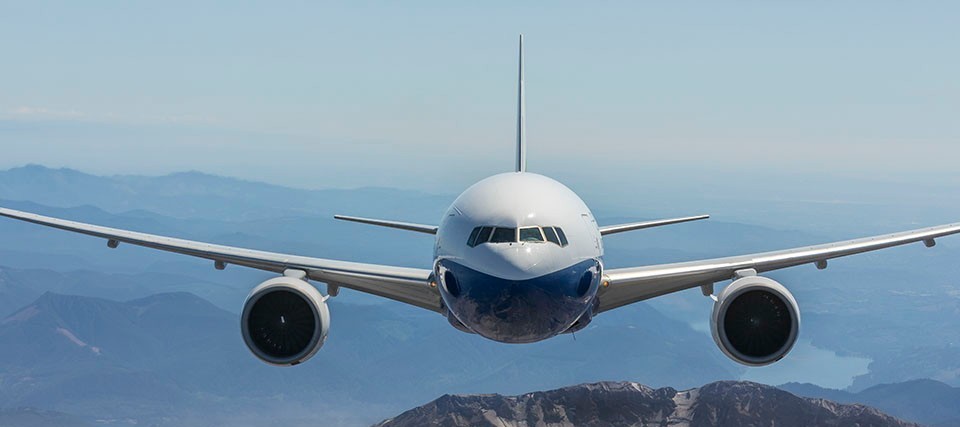Programmatic Environmental Impact Statement for Sustainable Aviation Fuel
State law directs us to study the likely adverse impacts that producing and distributing sustainable aviation fuel in Washington poses to the environment – including ways potential negative effects can be avoided, reduced or mitigated. This programmatic environmental impact statement will not review any specific projects but instead lays the foundation for future project-level environmental reviews.
We are seeking public input to help us determine what to study in the programmatic environmental impact statement. Comments can be submitted online, at meetings or by mail from Oct. 6, 2025 to Nov. 5, 2025.

Photo courtesy Port of Seattle
What is sustainable aviation fuel?
Sustainable aviation fuel, also known as alternative jet fuel, is a drop-in replacement for conventional jet fuel. This means it can use existing fuel distribution infrastructure and power aircraft engines without modifications. Sustainable aviation fuel helps reduce greenhouse gas emissions and can be made from different types of renewable sources such as biomass, organic waste or clean synthetic feed stocks using various production methods. The fuel is blended with conventional petroleum-based jet fuel and transported by rail, pipelines, vessels or trucks.
What will the programmatic environmental impact statement analyze?
The programmatic environmental impact statement is a planning document that takes a broad look at the potential significant adverse environmental impacts of producing and distributing sustainable aviation fuel as well as measures to avoid, reduce and mitigate impacts. Projects can use this information and will also need their own individual environmental reviews.
Scoping
Scoping is the first step in developing the environmental review. We are asking for input from industry, local and state agencies, Tribes, the public and interested parties regarding what we should study. Since sustainable aviation fuel can be produced, blended and distributed through a variety of ways, our scoping process will help determine which types of fuel production pathways and distribution infrastructure to evaluate. Our goal is to develop a useful, timely resource for developers, Tribes, agencies, and communities. Getting feedback is critical in determining where to focus our analysis.
Public comment
We are accepting comment from Oct. 6 at noon through Nov. 5 at 11:59 p.m. Read our guide on how to effectively comment on environmental reviews. Our scoping document provides more details on the process and a brief overview of sustainable aviation fuel development in Washington state.
Comment at a virtual public meeting: The format of the two meetings will be the same, so it is not necessary to attend both. At each meeting, verbal comments will be accepted after a brief presentation. Register using the links below:
Send by U.S. mail:
Clean Energy Coordination
Department of Ecology
P.O. Box 47709
Olympia, WA 98504-7709
Timeline
The process for developing the study consists of three phases:
- Scoping to identify what to study
- Developing the draft programmatic environmental impact statement, with a public review and comment period
- Considering the comments and finalizing the programmatic environmental impact statement for use by projects as a reference document.
Below is the expected timeline:

Project scoping and initial public comment period will occur in Fall of 2025. The draft statement will be released in early 2027, with a subsequent comment period and public hearing.
After reviewing comments, we will let the public know what we will analyze. This page will be updated with future public involvement opportunities.
We plan to complete the final programmatic environmental impact statement for sustainable aviation fuel by June 30, 2027.

